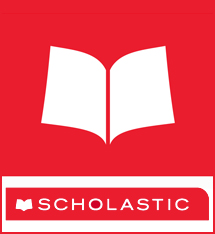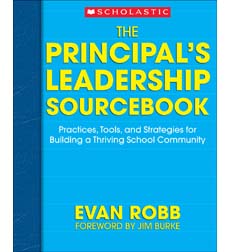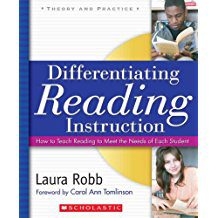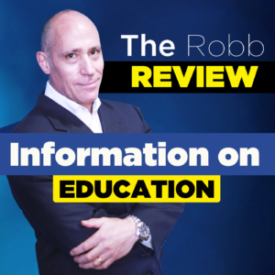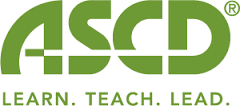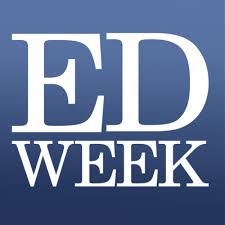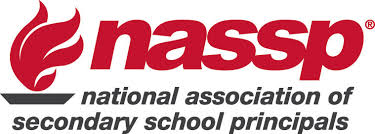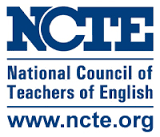Professional Development On A Tight Budget

Professional development is essential for improving our craft, but it can be expensive.
In part one of this post, I shared ideas on how to organize year-long professional development. This method can be very successful but often requires funds. In my opinion, year-long purposeful professional development lead by an expert is an ideal way to achieve goals. Differentiating instruction was the example I gave for a year-long professional development focus.
But what if money is tight? Can staff still participate in a year-long focus on learning? Absolutely, and I’m going to explain how. Book studies or article studies are the keys to making this happen. However, planning needs to occur before starting the study or it will fail. Heed my warning: place a book or an article in teachers’ mailboxes with no follow-up, and I guarantee failure. Let’s focus on success!
Here are five tips for successful staff book and article study.
Tip 1: What you study as a staff should be relevant and a known area of need for your school.
Success Tip: Focus on a topic that all staff can benefit from. If you have funding, purchase a book on the topic that you have read and think appropriate for your school. Consider having staff suggest one or two books, you read them and work with staff to select the one that best serves everyone. If money is very tight and you cannot purchase a book, find a series of articles on your topic of study from the web. I suggest five articles.
Tip 2: Inform staff about the study and how together, you will work on the book or articles.
Success Tip: Generate staff excitement about the process of learning and explain how they will work through the material with you. I suggest informing staff through conversations and emails to adjust plans through consensus building. If you’re using a book, discuss with staff how much needs to be read by specific dates, and how all staff will communicate about the material read.
Tip 3: Create reflection opportunities by using Google Docs or Google Classroom!
Success Tip: Google is a great platform for staff to have conversations. My tip is to set up a Google Doc or Google Classroom with quotes and questions for staff to respond to after completing a section of the book or an article. What I like about Google is staff can see what others write and respond back! It is very hard to create opportunities for all staff to be in one room to discuss a book or article. However, technology, in this case, Google, allows staff to communicate and share ideas anytime and from anywhere! I suggest allowing one week for staff to respond after completing a section of text.
Tip 4: Everyone needs to participate.
Success Tip: Consider a classic comment about a conference night I heard recently: “ Well, the night was great, but I did not see the parents I needed to see.” Invitational book or article studies will quickly hook in those staff who embrace the idea, but some will avoid it–the same “some” who need it. I have found if making this type of professional development an option; some will simply not do it. Trust me, I am all for invitation and collaboration, but for professional learning– all staff needs to come on board. As staff experience the benefits of professional study to their teaching and students’ learning as well as your continual positive feedback and recognition of their investment, they will look forward to joining the conversations.
Tip 5: Positive feedback generates excitement!
Success Tip: To model ways staff can participate, I add lots of comments to our Google chats, and I respond to all staff who make comments. Personally, I love this way of communicating; it’s like a Twitter chat, and I model it over and over! Also, when I see staff during the day, I like to let them know I liked the comment they shared! Or, if I know a staff member is reluctantly participating I like to let them know I appreciate their participation. Always give consistent positive feedback to staff who are fully embracing this new way to share, communicate, and grow!
Technology allows me–and it can allow you–the opportunity to generate conversations in new ways and to drive initiatives forward with minimal or no funding.
Follow Evan on Twitter @ERobbPrincipal
Connect with Evan on Linkedin!
Check out Evan’s blogs on the Scholastic EDU webpage!
Bring Laura and Evan to your school division! Our website is Robb Communications
For additional ideas, check out Evan’s Book!
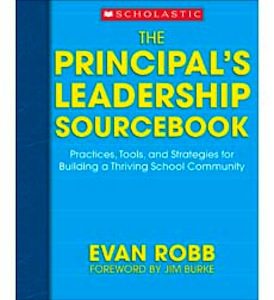
![]()


